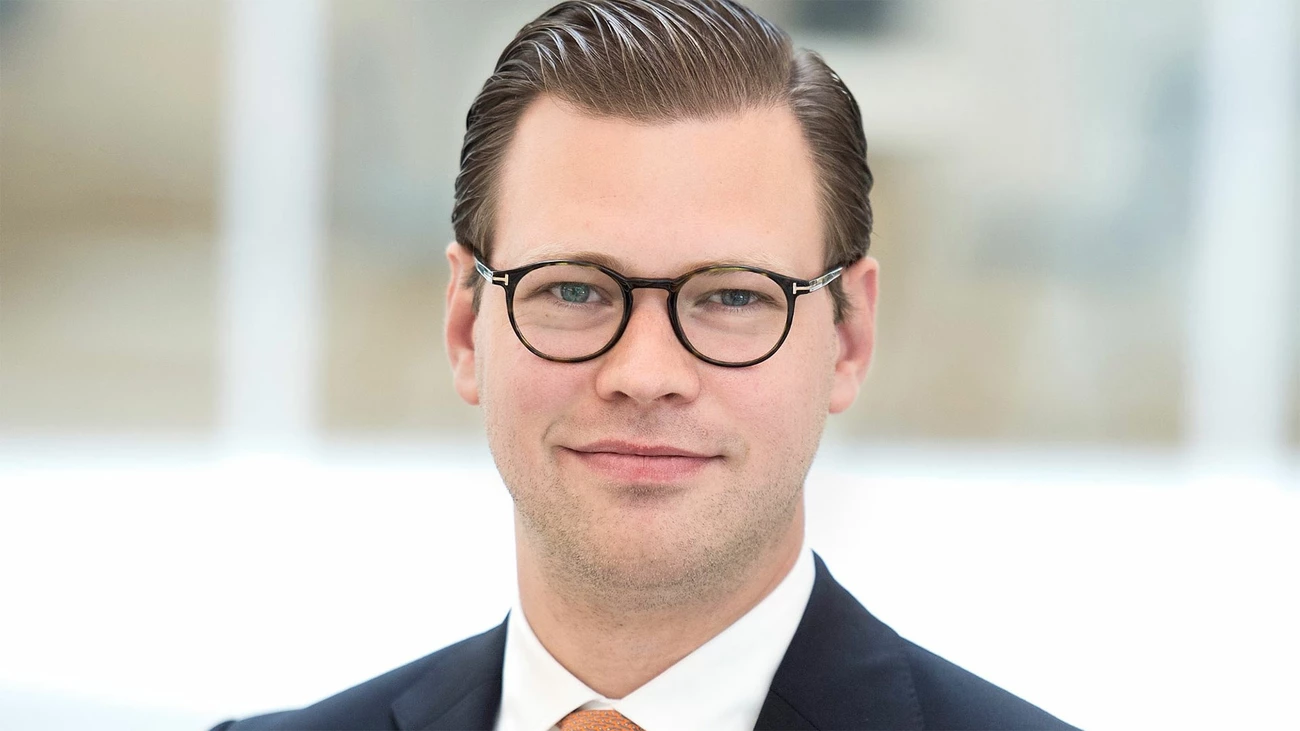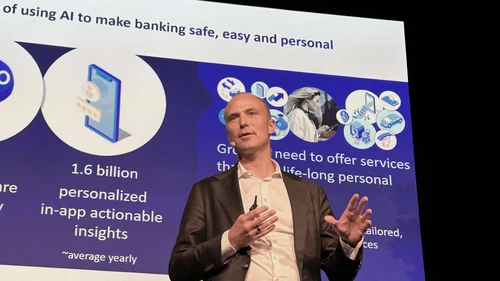3 trends for digital banking in the future
- Seamless integration between the real world and the digital world
- Holistic, personalised experience
- Helping customers with sustainability insights and decisions
Where is digital banking heading in the future and what do bank customers want? Customers have embraced the digital banking of today with its fast and convenient experience. In the future, the challenge will be to fuse in-person advisory services and digital channels into one seamless experience according to Anders Nicander, head of Nordea One Digital.

Chances are that you use your mobile banking app and other mobile financial services a lot, but primarily for transactions and everyday needs. Paying for coffee, transferring money between accounts, paying bills, maybe even applying for an overdraft or signing papers – entirely without papers. It’s all great, fast and very, very convenient.
Digital banking has come a long way, so what’s in store for the future?
Anders Nicander, Head of Nordea One Digital, identifies three trends which will impact digital banking in Nordea in the future:
Even though bank customers have adopted all kinds of online transactions, when it comes to life defining moments, most of us still prefer to talk to an adviser, a real person, who can guide and support us.
“What we want is to fuse the best of two worlds, the digital world and the real world, into one truly seamless experience for you as a customer,” Anders Nicander says. He gives an example:
“Imagine that you’re in the process of becoming a customer, everything runs smoothly and online, and it’s easy and convenient. And during that process you discover that it’s relevant for you to talk to an adviser and get some advice on a mortgage loan. Here, we would like you to be able to connect to an adviser who also has full insights into your digital onboarding application – right there and then, via your mobile or computer. So that the various digital and human channels are tied together and work seamlessly together,“ he says.
“Another example could be receiving an actionable insight into our mobile banking app about the potential to save and invest using the options presented. Being interested, however still unsure, you can instantly chat with a person who is able to support you in making a decision without having to repeat yourself.”
But the process can also go the other way. An example: You have talked to your adviser about changing your mortgage loan and discussed different possibilities, and the adviser has told you what to look for. You now use the online loan calculator and end up “buying your loan” without the adviser, but based on the information the adviser gave you.
Nicander adds:
“Although having access to a real person is important in moments that matters, we know that customers are primarily looking for an efficient and engaging experience. So it will still be really important and a high priority to enable customers to be digitally self-served and guided – but at the same time ensuring that in-person advice is consistent to digital advice and never more than a fingertip away.“
What we want is to fuse the best of two worlds, the digital world and the real world, into one truly seamless experience for you as a customer.

He also predicts a future where customers will get a more engaging and holistic digital banking experience, with personalised advice based on the customers unique financial situation – all of it. It doesn’t necessarily have to be based on their engagement with Nordea only:
”If the customers want us to base our advice on a holistic view of their financial situation, we will be able to do that too, thanks to our partnership with Tink and the PSD2 EU directive which gives customers ownership of their data, so that it can travel from one loan provider or bank to another. After all, a lot of people use different banking services, and if we can combine data, we can also provide better and more useful advice,” says Nicander.
“Imagine you have investments in one app, “normal” banking with Nordea and your pension in a third place. At the same time, you have two credit cards with different providers. In order to give you the best advice, you can grant us access to see your financial information about investments, pension and credit cards, so we can advise you based on your whole financial situation in a way which is easy for you – without a thousand papers or excel sheets.”
This way of helping customers is called Open Finance. It will be based on new technological development, partnerships such as Nordea’s partnership with Tink, the PSD2 legislation which has drastically changed the playing field for banks as well as upcoming legislation from the EU.
Nordea has already come a long way in this field.
Anders Nicander highlights sustainability as one of the areas where banks will be able to help customers gain transparency and insights about their own behaviour.
“Today, we see how larger corporations make sustainability reports. In the future, ordinary people can use their bank to get their own personal sustainability report or maybe a personalised CO2-emissions report. In this way you as the customer can gain insights into your own consumer patterns from a sustainability point of view – insights, you can actually act on to take greener, smarter decisions. Ranging from what to buy, what to invest in and even how to renovate your home to become more energy efficient. The data is there,” Anders Nicander says, and adds an important note:
“Being a trusted financial partner is our highest priority and with that goes the utmost respect for privacy and consent. It’s the customer themselves that decide what insights they would like and to what extent – it’s a service we will provide on request.”

Open banking
The financial industry is right now in the middle of a paradigm shift as real-time payments become the norm rather than the exception. At the heart of this transformation are banking APIs (application programming interfaces) that enable instant, secure and programmable money movement.
Read more
Digital banking
At this year’s Nordic Fintech Week, Johan Borg, Head of Digital Wealth, shared insights into how Nordea is transforming its digital wealth management offering to meet the evolving needs of Nordic investors.
Read more
Digital banking
The Nordic Fintech Week has kicked off with strong Nordea participation. We met with Malthe Falck, Head of Retail Digital, who gave a keynote on how Nordea is leveraging AI while staying true to its purpose of building trusted customer relationships.
Read more